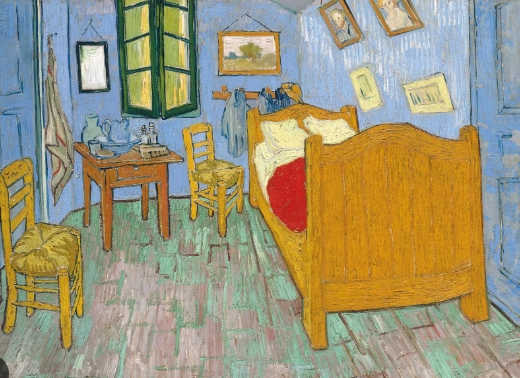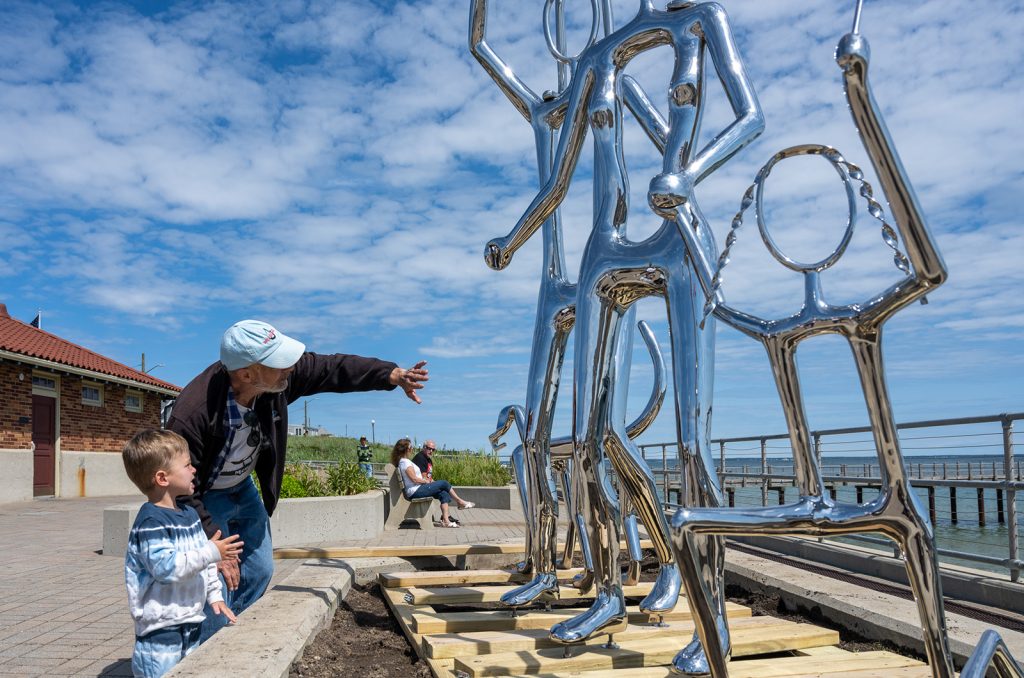Vincent van Gogh is one of the most celebrated artists in history, known for his unique style and emotional intensity in his artwork. However, his life was marked by struggle and instability, which greatly influenced his artistic output.
Early Life and Influences
Van Gogh was born in 1853 in the Netherlands to a middle-class family. He had a difficult childhood, marked by financial struggles and family discord. Despite this, he showed an early talent for art and began working as an art dealer in his early twenties.
Struggles and Mental Health
Throughout his life, van Gogh struggled with mental health issues, including severe depression and anxiety. These struggles greatly affected his work, leading to periods of intense creativity and productivity as well as episodes of erratic behavior and emotional instability.
Artistic Style and Evolution
Van Gogh is best known for his bold use of color and expressive brushwork, which set him apart from other artists of his time. His work often focused on common subjects such as landscapes, still lifes, and portraits, but he infused them with a sense of emotion and intensity that was truly unique.
Legacy and Influence
Despite his troubled life and struggles with mental health, van Gogh’s work has had a lasting impact on the art world. His paintings are now considered some of the most valuable and sought-after in the world, with many of his pieces housed in prestigious museums and collections around the globe.
In conclusion, Vincent van Gogh’s turbulent life and unique artistic vision have cemented his place as one of the most influential artists of all time. His work continues to inspire and captivate audiences worldwide, serving as a testament to the power of art to transcend personal struggles and connect with the human experience.


